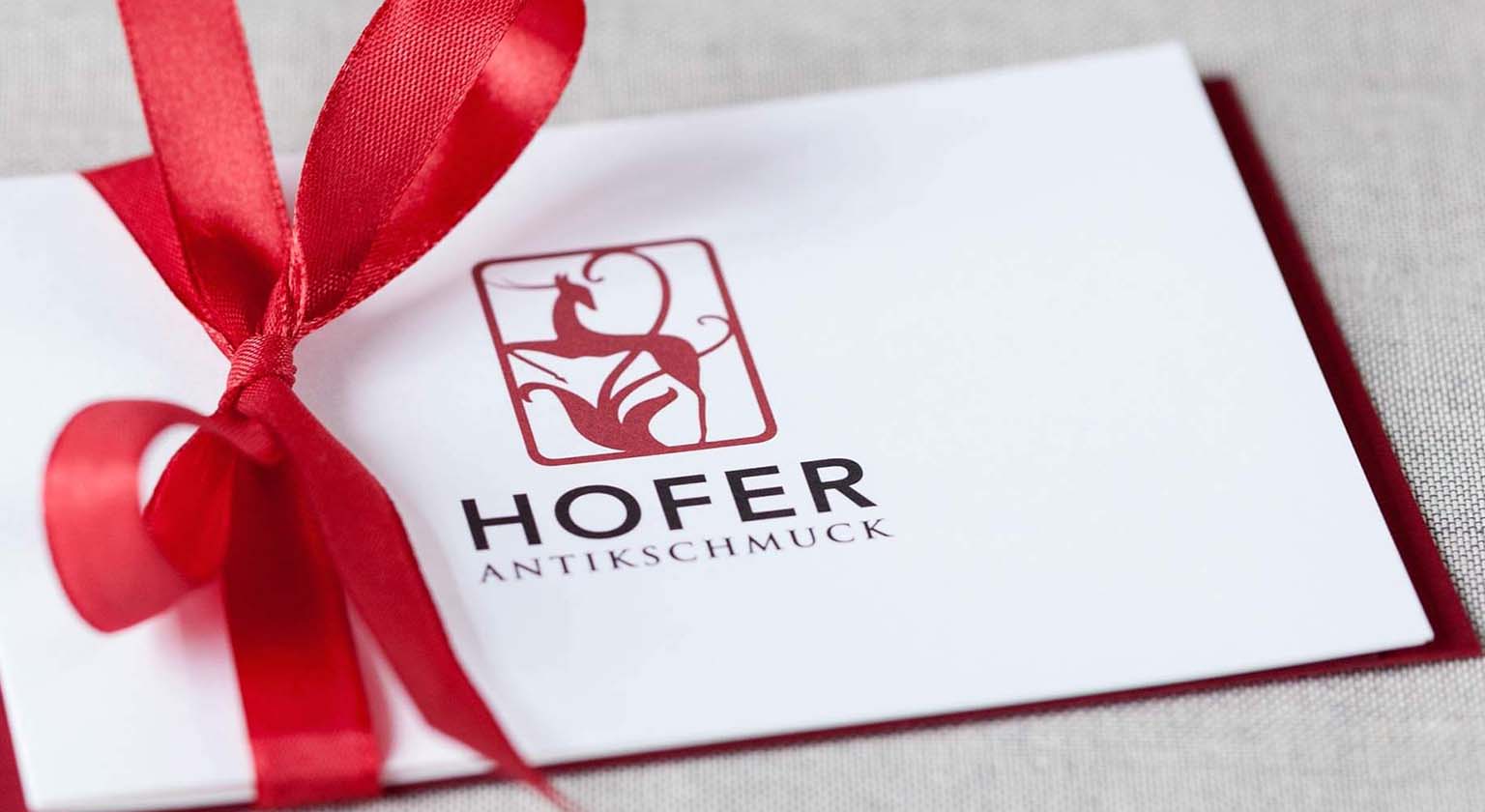he long reign of Queen Victoria from 1837 to 1901 influenced an entire era in Great Britain. In the “Victorian Age”, industry and trade bloomed along with literature and the arts. Precious stones in seemingly unending abundance flowed from the colonies to the island – and together with optimism and self-confidence, jewellery developed a style of its own: Imaginative, cheerful and typically British.
Along with the very high-quality craftsmanship of even manufactured wares, jewellery from Great Britain boasts an often romantic and decorative ornamental style. Around the middle of the century historical designs, which were also popular in other parts of Europe, dominated along with naturalist tendencies. Particularly the so-called Holbein jewellery in Renaissance style grew to be modern in England: These large, enamelled pieces were modelled based on jewellery present in the portraits by Hans Holbein the Younger.
In the second half of the 19th century, the design of British goldsmiths began to gain independence. Engravings decorate lockets and bracelets, often in the form of a heart. There was a strong preference for enamel; numerous necklaces, brooches and rings with brightly coloured flower and leaf shapes were covered with it. Colourful gemstones that were mined in the Empire’s colonies were popular, too, such as turquoise shortly before the mid-century and later the numerous colourful stones of India. Finally, deep yellow gold was used longer in England than on the European continent.
At the turn of the century, Art Nouveau jewellery becomes an enormous success. These pieces present delicate gemstones and pearls in shining yellow gold. The style, named “Liberty” in Great Britain after a London department store, remained popular long into the 20th century.
Another fashion that appeared only in Great Britain was “Novelty Jewellery”. From around 1880, small insects, flies, bees and butterflies perched on the women’s lapels. Frolicking cats and dogs, swallows, automobiles, golf clubs and even electrically illuminated skeletons were created as pieces of jewellery and found buyers in London, Brighton and everywhere else on the island.











